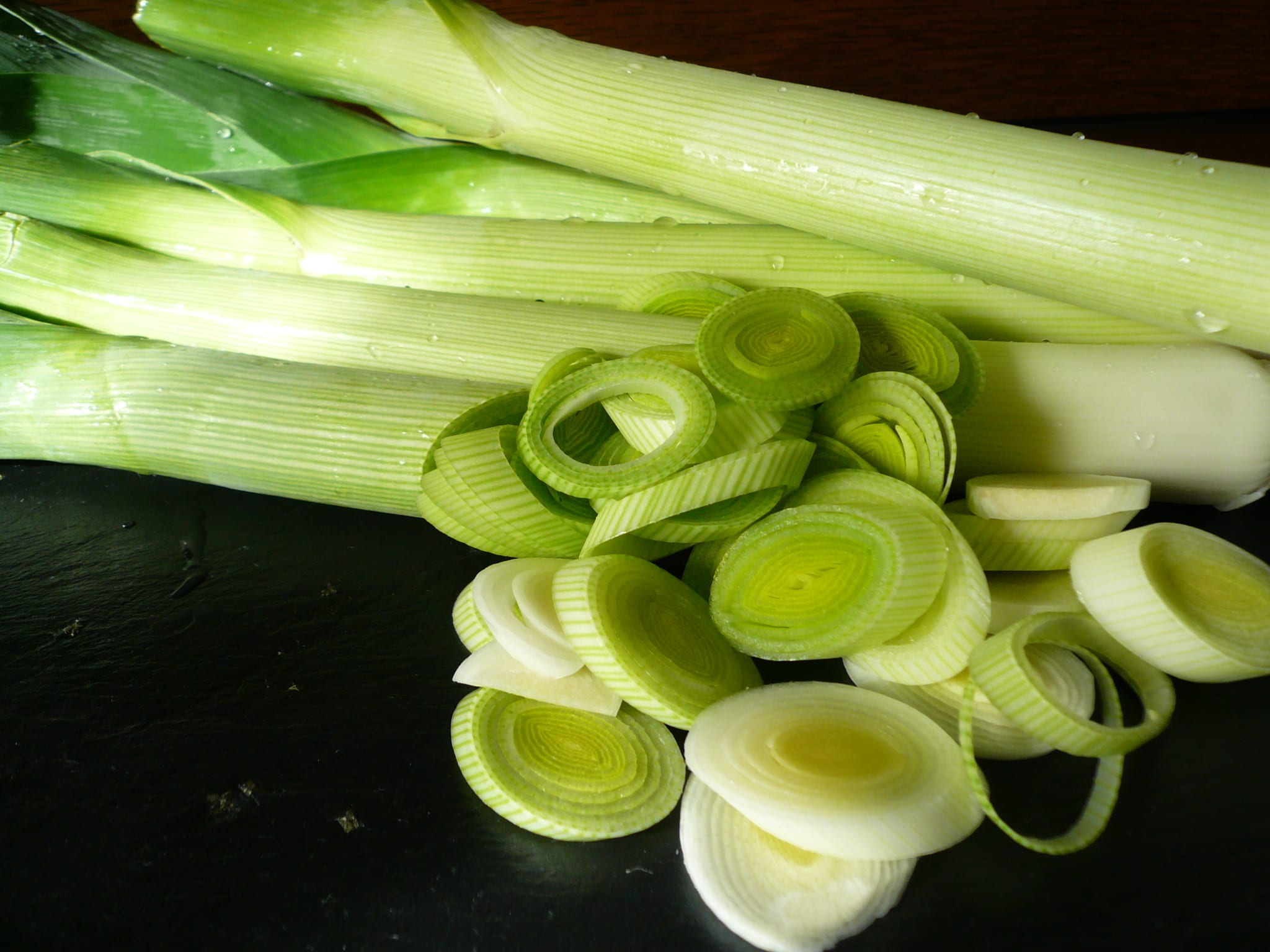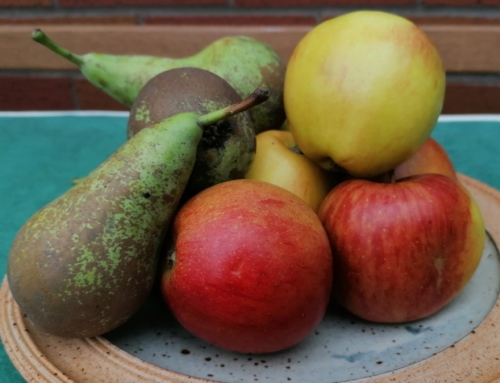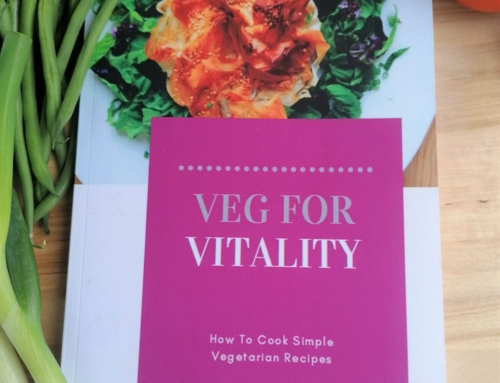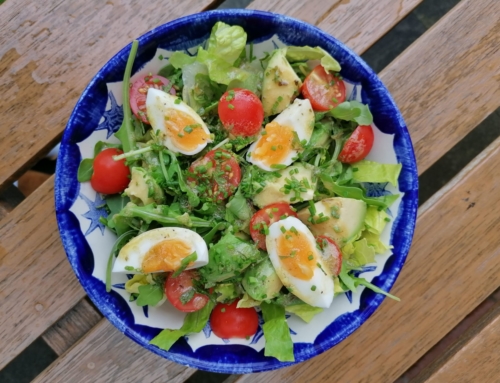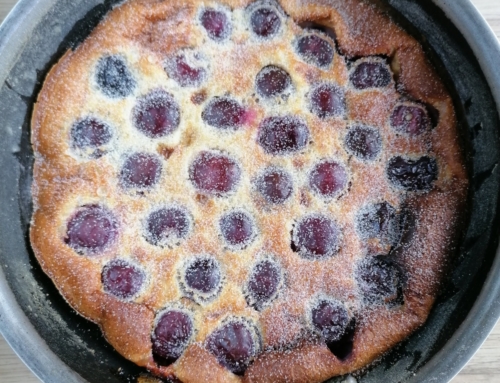Lucious Leeks, not just a second rate onion!
The humble leek can be traced back to ancient Egypt, in the time of the Pharaohs.
A cousin of the onion, leeks have a milder flavour and are a good substitute. Depending on the variety they have either long or short white stems with green leaves or ‘flags’. In terms of size, the smaller ones are more tender with big, thick leeks described as ‘pot leeks’ (best for soup)!
Nutritionally, leeks have similar properties to garlic with high allicin levels which give it antimicrobial, cholesterol lowering and potential anti-cancer properties. As with all vegetables they are high in nutrients, low in calories and a good source of fiber.
What to look for
The best leeks are about 2cm in diameter, not too thin to be fiddly and not so thick as to be tough. Look for a long white stem and fresh green tops. Avoid anything dried up, wizened, blotchy or mushy.
How to clean
Cut the leek through the middle lengthwise, keeping the root end intact. Clean under running water by separating the leaves and using your fingers to rub away any dirt caught in the leaf creases.
What parts to use
The white part of the leek is the most tender, the younger green leaves can also be used. Any tatty leaves can be discarded, but even the fairly leathery green parts can be used to flavour stock.
Here are three fantastic soups making leeks a star of the show!
Scotch Broth
Makes enough for 4 - 6
1 large leek
2 med carrots
2 sticks celery
¼ small turnip
½ mugful broth mix or a mixture of lentils, dried peas, split peas and pearl barley
About 2 ltr chicken stock
½ tsp chopped parsley.
- Heat the stock in a heavy based pan and add the broth mix. Simmer for about 20 min while you chop the vegetables.
- Chop the vegetables to about 5mm dice and add to the stock and broth mix. Bring to the boil, and simmer for another 20 min to cook the vegetables.
- Check seasoning, stir through the parsley and serve. If the soup is very thick, add a little more stock until it is the preferred consistency.
Cock-a-Leekie Soup
This soup can often be found on the menu at a Burns Supper or St Andrew’s Night Dinner. Good stock makes all the difference to this soup.
Serves 4
1 ltr good chicken stock
chicken leg – thigh and drumstick
1 bay leaf
225g/8oz leeks – split, cleaned and cut into 1cm pieces
85g/2oz pitted prunes – soaked overnight if not ready to eat.
- Put the chicken legs into a large pot with the stock. Bring to the boil and simmer for about 1 hour, skimming the surface every so often.
- After an hour, remove the chicken and allow to cool a little.
- Add the leeks and prunes to the pot and simmer again for 20 min.
- Remove the meat from the chicken, discarding the skin and bones.
- Add the meat back to the soup, season and serve.
Smoked Haddock & Leek Skink
Serves 4
This is an adaptation of traditional Cullen Skink, using leeks instead of onions ‘skink’ comes from the Gaelic meaning ‘essence’. Now days it means a ‘soup-stew’.
500g/1lb undyed smoked haddock fillets
1 medium leek, cleaned & sliced
900ml/1 ½ pints whole milk
1 – 2 large floury potatoes – peeled and diced
1oz/30g butter
1 bay leaf
Freshly grated nutmeg
Chives and parsley to garnish
Salt and pepper to taste
- Melt the butter in a large pan and cook the leek until soft, add the potato.
- In a separate pan, heat the milk with the bay leaf & nutmeg, add the haddock. Simmer for 10 min or less until the fish is cooked.
- Pour the milk used to poach the fish onto the leek and potatoes, bring to a gentle simmer and cook until the potato is soft.
- Remove the fish to a plate and once cool enough to handle, remove any skin and flake the fish gently.
- Use a potato masher to crush the potatoes in the soup. Remove the bay leaf and add the fish back to the pan. Stir, season and bring the soup back to a simmer.
- Stir through the chives and serve garnished with chopped parsley.

